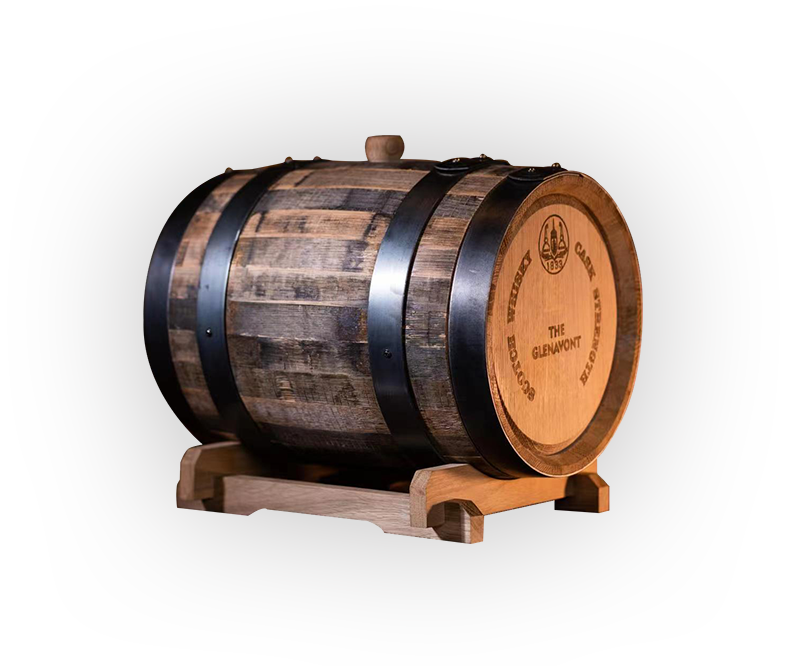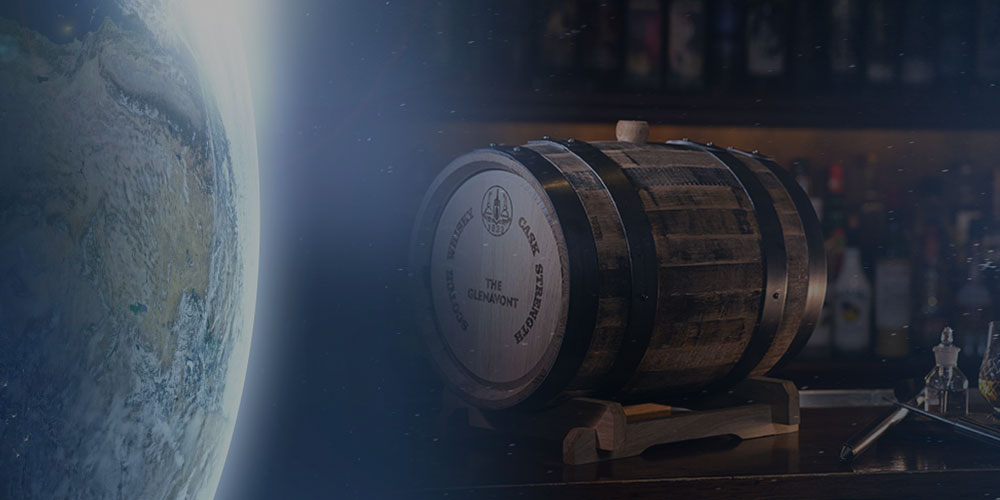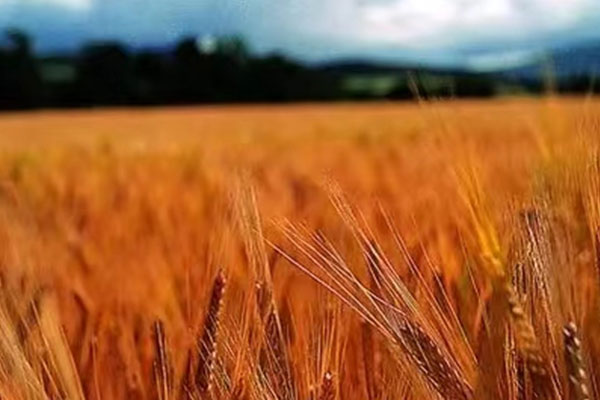




In a broad sense, the raw materials of whisky are "grains", including barley, rye, wheat and corn. Let me briefly introduce these four grains, how they are used in whisky and what are their characteristics:
First, barley. Barley is the only raw material for brewing Scotch Malt Whisky, and it is also the most expensive whisky raw material. It contains the smell of malt, cream and grain, giving whisky a deep and soft flavor.
Second, rye. Rye is mainly used to brew bourbon and American pure rye whisky, and it is also one of the main raw materials of Canadian whisky. Rye brings spice to whisky, especially pepper, and a little fruit flavor;
Third, wheat. A few Bourbon whiskies use wheat as raw material. Wheat brings a smooth, soft and sweet flavor to whisky.
Fourth, corn. Corn is the main raw material for brewing Bourbon Whisky and the main contributor to the flavor of Bourbon. Corn gives whisky a slightly sweet and spicy flavor, as well as the flavor of soil and chaff.

Today, I would like to introduce the most famous barley variety in the whisky industry in the 1990s - Golden promise barley.
Barley is an annual gramineous plant. Generally speaking, barley is mainly divided into two types: two row barley and six row barley. The former contains more starch and sugar, which is suitable for planting in spring and is mainly used for wine making; The latter contains more protein and is generally used as animal feed. Barley has a short growth period, usually within 90 days. It is not deeply rooted and has a strong resistance to changes in temperature, water, nutrients and sunshine. That is, it is easy to feed. Of course, this is compared with grapes. There is a big difference between the casual and steadfast nature of barley and the complex grapes. For grapes, soil, light and climate all have a strong impact on them. Therefore, people who like blind wine can get a lot of "terroir" information from the wine in the cup. The so-called terroir information includes the impact of "variety, production area, yield, year" on grape raw materials. However, whisky brewed from barley and then distilled cannot give enough "local" information in the glass.
In order to emphasize the importance of raw materials, the Scottish people have specially prepared a law - "Scottish whisky law", which stipulates that only water, barley and yeast are allowed to be used as whisky raw materials, and all other additions are prohibited (except for the wine caramel color E150 that does not change any taste). Therefore, each raw material is very important to the final taste of whisky, especially the barley that produces alcohol. In the 1990s, the most famous barley variety in the whisky industry was called "golden promise". Some people also called it "golden promise". Not only its name was very romantic, it was also the first variety protected by the plant varieties and seeds act of 1964. The "golden promise" was two row spring wheat, a British semi dwarf and salt tolerant mutant barley variety bred by gamma rays, Compared with other barley varieties at that time, it was strong and cold resistant, matured faster, and could harvest in August. At the same time, it has many advantages in the process of wine brewing, such as uniform arrangement of wheat seeds, small particles, suitable for germination and distillation. Therefore, for nearly 20 years, it has been the first choice for many distillation plants. In the heyday of the 1970s, the "golden promise" was able to account for 95% of the planting rate in Scotland.

TEL:4006569976
WECHAT:THE GLENAVONT
Copyright GLENAVONT CO.,LTD All Rights ReservedKEEP ON RECORD :鲁ICP备xxxxxx号-xTECHNOLOGY :DaauuSITEMAP


